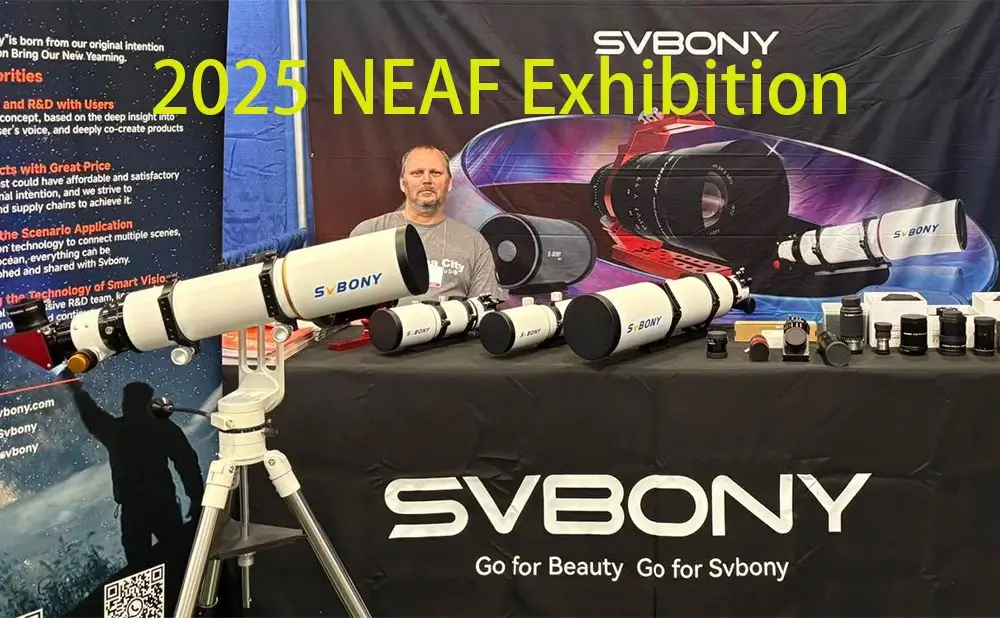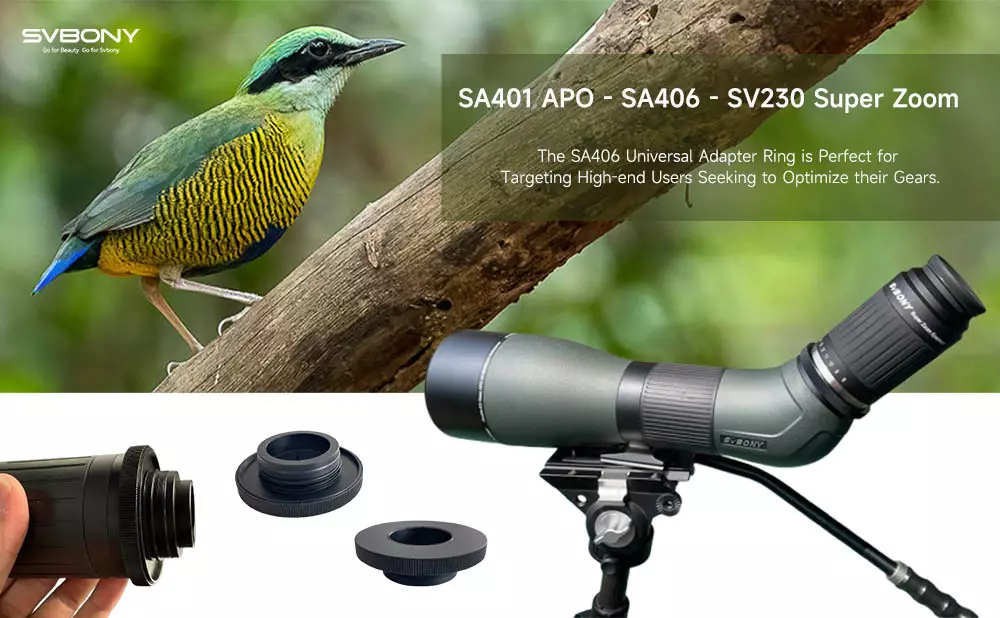Take Care Of These Points And Your Telescope Life May Be Longer

Take Care Of These Points And Your Telescope Life May Be Longer
Astronomical telescopes are precision instruments, and the quality of maintenance directly affects the use and life of the telescope. Astronomical telescopes must be used and kept by special personnel, and non-professionals should not easily disassemble and repair them.

1. Maintenance of the optical system
The optical system of an astronomical telescope consists of several groups of objective lenses, several groups of eyepieces, and other optical components, which must be done:
(1) Ensure that the dome room and the telescope storage room are ventilated, dry and clean. Try not to open the objective lens cover on rainy days. In the mildew and rainy season in the south, you can tie both ends of the lens barrel with airtight plastic bags, place the bagged desiccant in the lens barrel (away from the lens), and pay attention to frequent replacement of new desiccant. , to keep the main objective dry. The objective lens cover cannot be opened in the weather with gray sand in the north, especially for reflecting telescopes without sealed windows. Gray sand is the biggest enemy.
(2) All eyepieces, prisms, secondary imaging mirrors, and other small optical parts and accessories should be placed in a drying box or drying cylinder with desiccant when not in use, and should be replaced with new desiccant frequently.
(3) When there is dust on the optical mirror, gently blow it off with an ear blow, not with your mouth, so as not to splash saliva on the mirror. Do not touch the optical mirror surface with your hands, leaving fingerprints that will often corrode and leave permanent traces. Once fingerprints are left, please wipe them as soon as possible. Use a mixture of 50% absolute ethanol and 50% ether on a clean absorbent gauze. Gently wipe from the center of the mirror clockwise or counterclockwise to the edge of the mirror. Rub in one direction until clean. For the aluminized surface, try not to wipe it to prevent the aluminum film from falling off.
(4) Try not to observe the portable telescope near the forest with heavy fog, the waterside, and the seaside with a lot of salt. If you have to observe it, wipe it as soon as possible after the observation.
2. Maintenance of the rotary clock
The rotary clock of the telescope is a high-precision transmission system, but due to its slow rotation speed, as long as it is not overloaded and some lubricating oil is added irregularly, frequent maintenance is not necessary. Of course, qualified units or individuals can ask professionals to re-clean after a few years of use, and it is very beneficial to refuel and adjust.
3. Maintenance of electronic control system
The electronic control system of the telescope varies greatly according to different models and functions, but the points of attention are the same.
(1) Whether the voltage used is the same as the rated voltage of the telescope, and when using the DC power supply, attention should also be paid to whether the rated voltage of the battery composed of the battery is the same as the electronic control requirements of the telescope.
(2) In the high-power drive circuit, please note that the heat sinks of the high-power tube do not touch and short-circuit, so as not to burn the tube.
(3) Do not pull hard on all connections to avoid disconnection.
(4) The same as the requirements of optical components, fog and sand are very harmful, pay attention to sealing.
(5) When there is dust, gently blow it off with a blower ball, and it is not advisable to wipe it with a cloth to prevent the components from being de-soldered.
4. Other
Pay attention to the cleaning of the surface of the telescope. Do not use a coarse or hard brush to wipe it, but use a soft gauze to gently wipe it with water. Do not clean with organic solvents. Be careful not to drop water droplets into the optical components, rotator clock, and electronic control system.
By the way, bring our cleaning kit to make your eyepiece care easier!
https://www.svbony.com/lens-cleaning-set-accessories/








